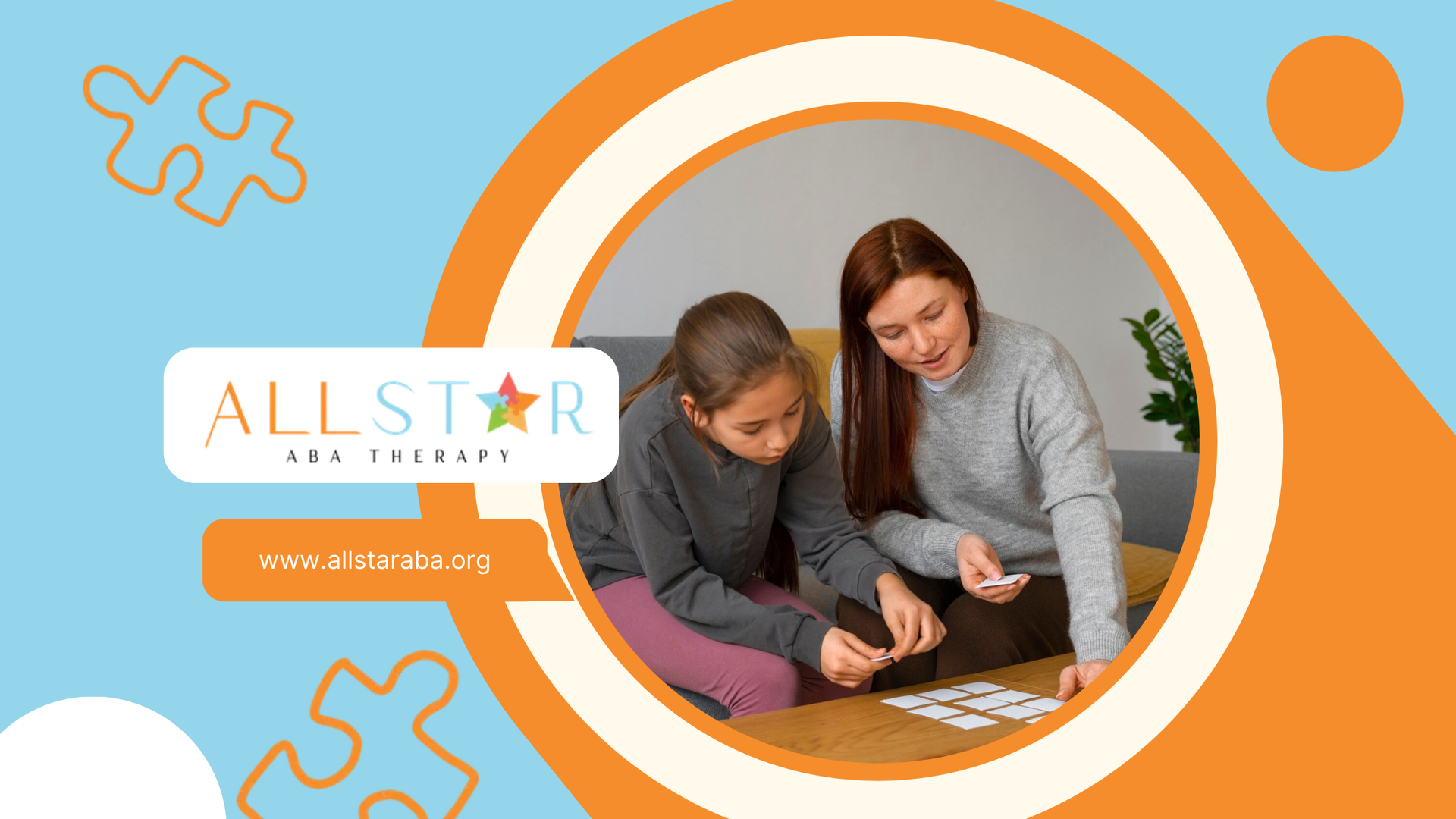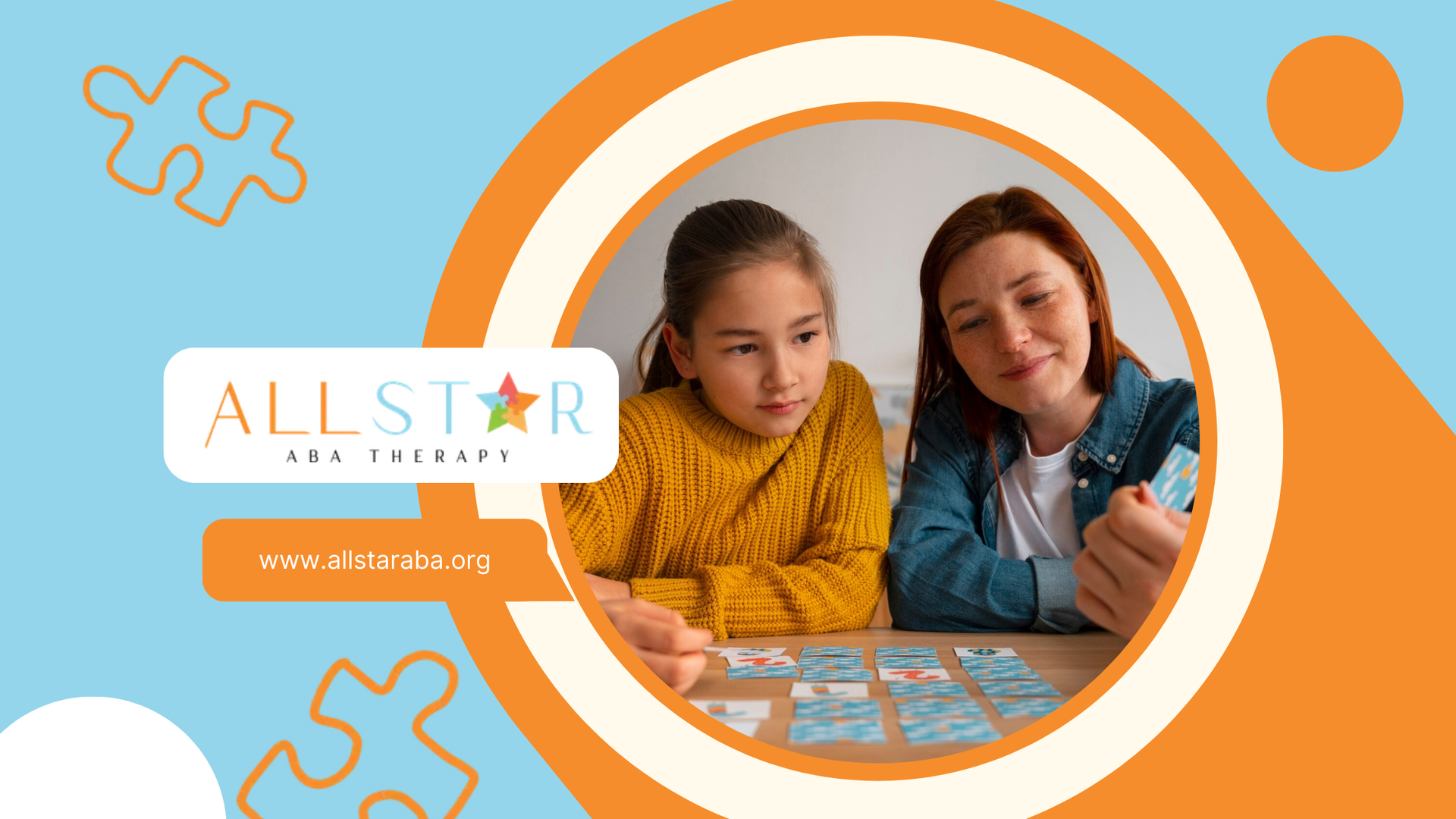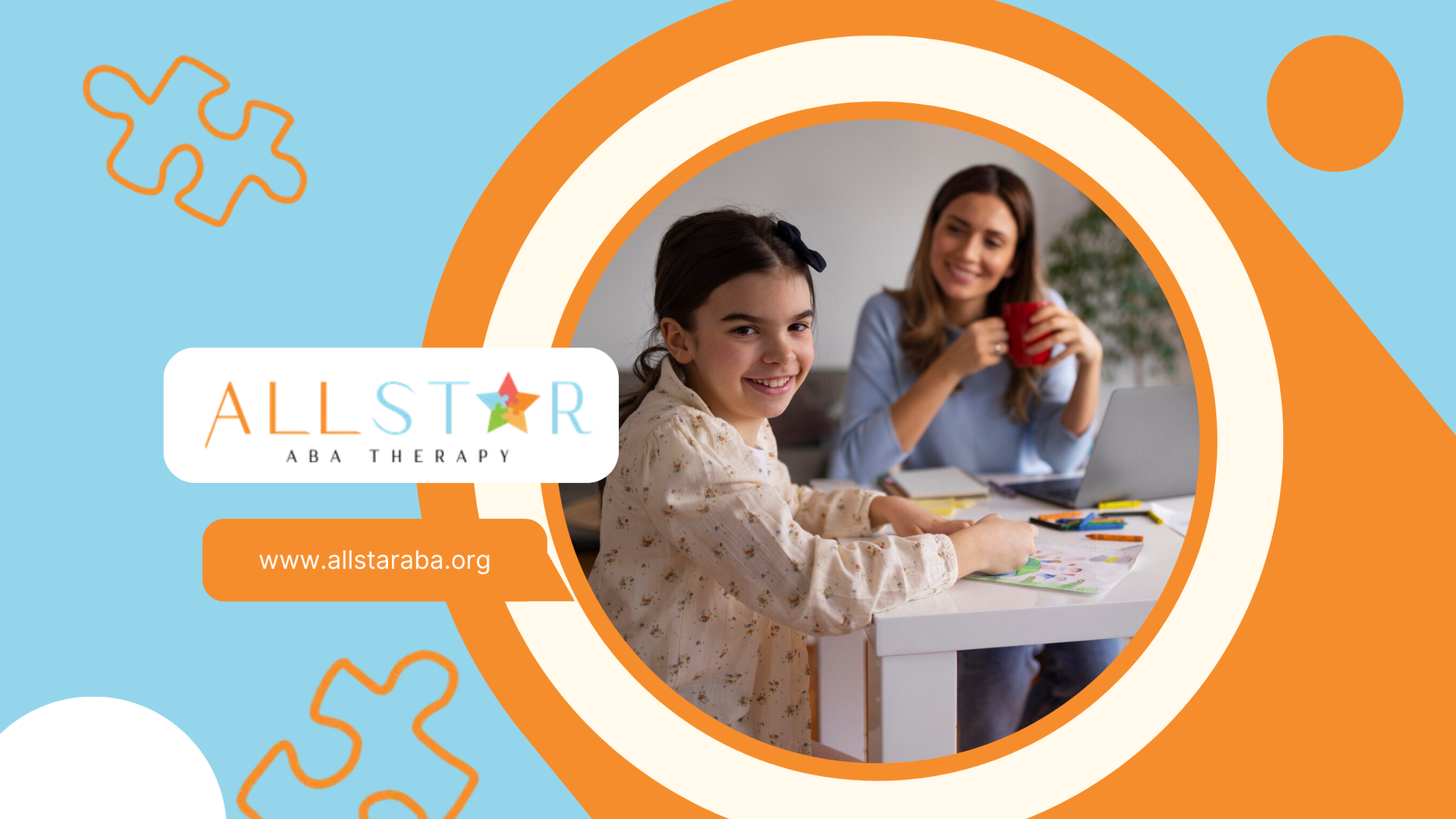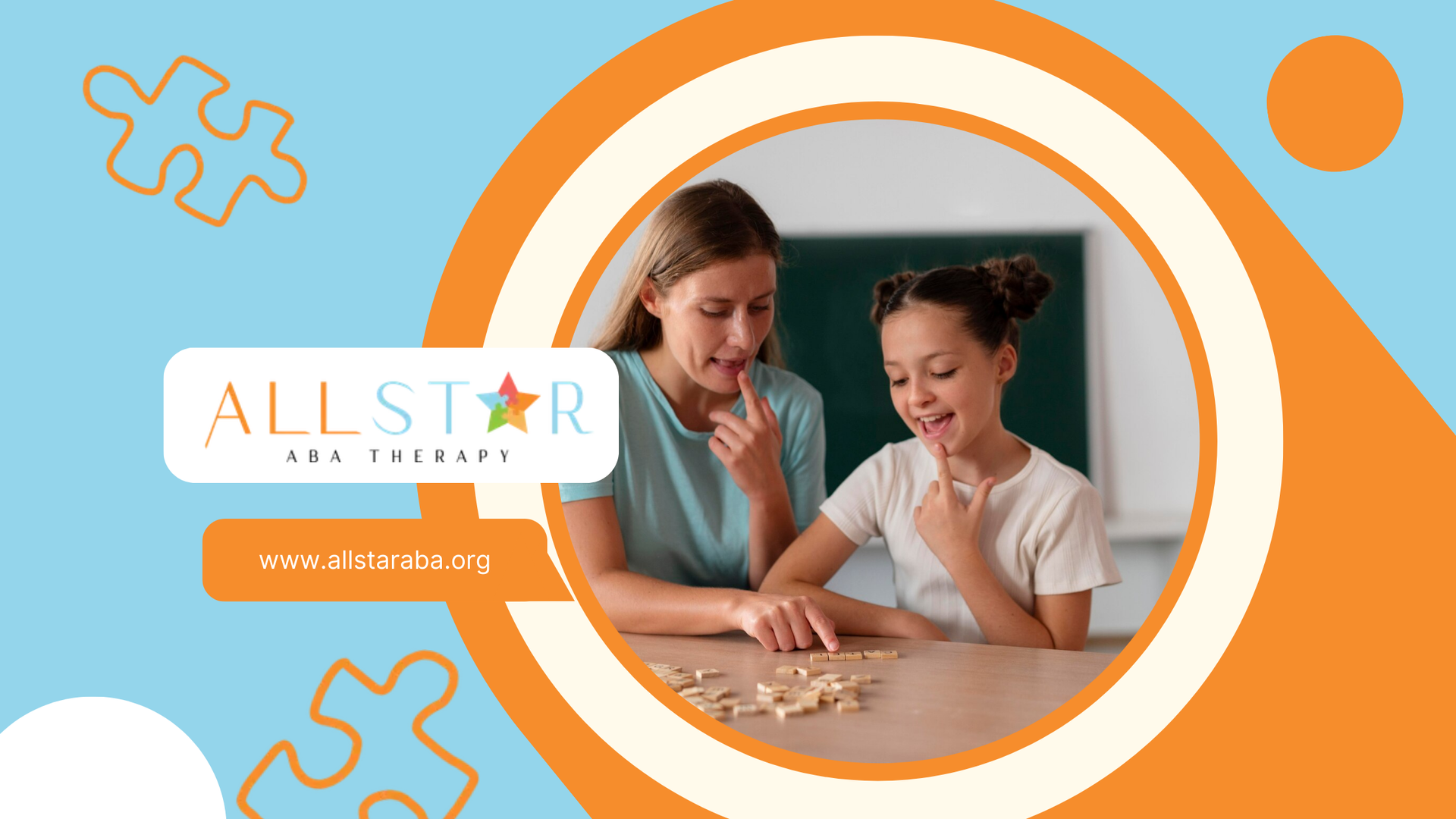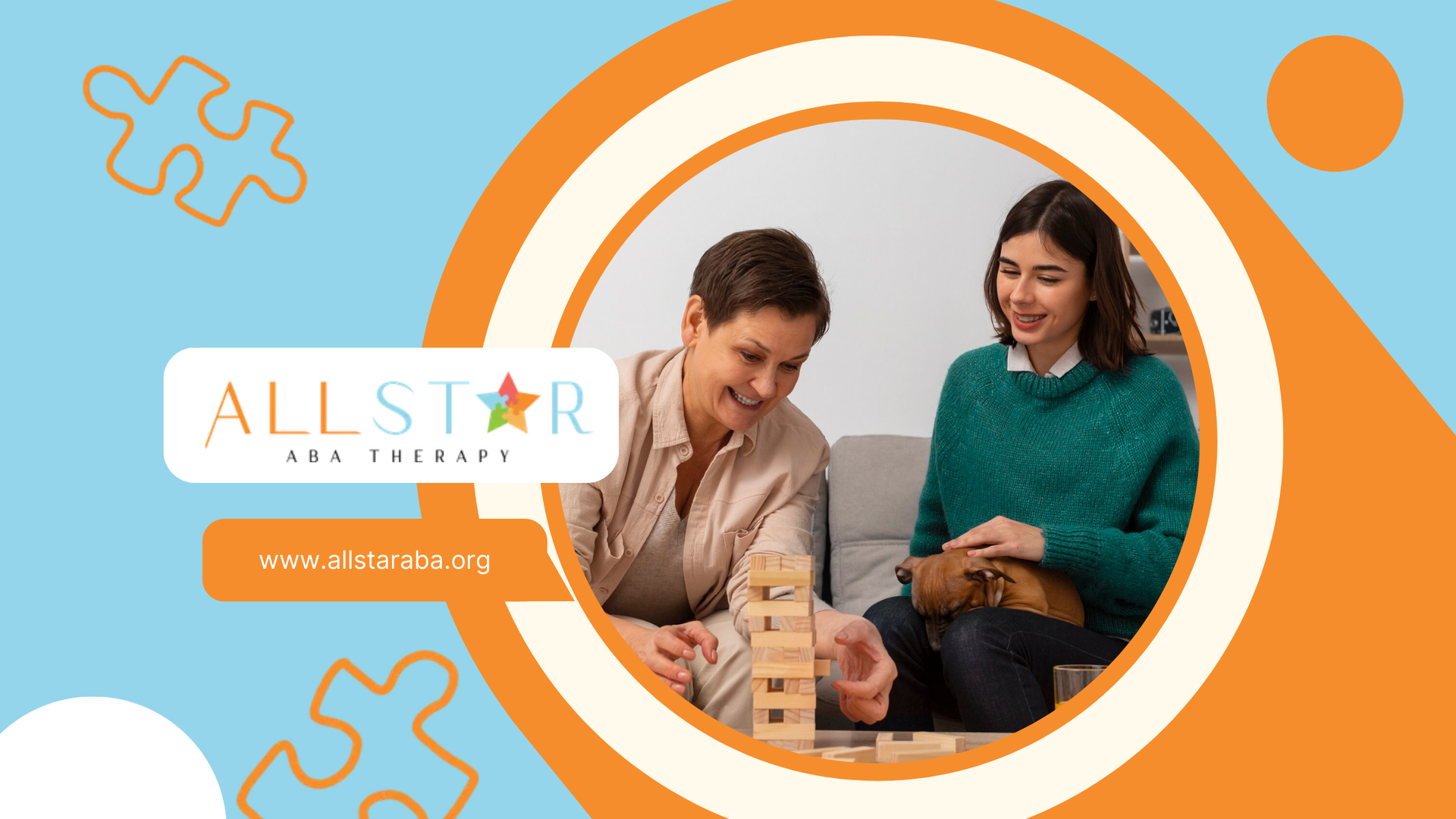New Paragraph
Effective Treatment Options for Autism in Kids
Key Highlights
- Early intervention is crucial for the success of autism treatment.
- Behavior therapy, speech-language therapy, occupational therapy, and nutritional therapy are effective treatment options.
- Play therapy, such as Floortime and integrated play groups, can help children with autism improve social and emotional skills.
- Applied Behavior Analysis (ABA) is an evidence-based therapy that focuses on reinforcing positive behaviors.
- Speech and language therapy can improve verbal and nonverbal communication skills in children with autism.
- Occupational therapy can help children develop life skills and improve sensory integration.
Introduction
Autism is a neurodevelopmental disorder characterized by difficulties in social interaction, communication, and repetitive behaviors. It affects children of all ethnic and socioeconomic backgrounds and can vary widely in severity. While there is no cure for autism, early intervention and appropriate treatment can significantly improve a child's abilities and reduce the impact of symptoms.
It is important to start exploring treatment options as soon as autism is suspected, even before receiving a formal diagnosis. The American Academy of Pediatrics (AAP) recommends early intervention to maximize a child's chances of success. With a variety of treatment modalities available, it is essential to understand the different options and tailor the approach to meet the individual needs of each child.
In this blog, we will explore various effective treatment options for autism in kids, including behavioral therapies, speech and language therapy, occupational therapy, nutritional interventions, and the use of technology in education and therapy. These treatments focus on improving social skills, communication, behavior, and overall quality of life for children with autism. By understanding these treatment options, parents and caregivers can make informed decisions to support their child's development and well-being.
Exploring Different Autism Treatment Modalities
Autism is a spectrum disorder, and treatment options may vary depending on the individual's needs. Early intervention is crucial for the success of autism treatment. It is recommended to start researching therapies as soon as autism is suspected, rather than waiting for a formal diagnosis. Early intervention can significantly improve a child's outcomes and increase their chances of success in later years. By exploring different treatment modalities, parents can find the most effective approaches for their child's unique needs.
The Importance of Personalized Treatment Plans
Every child with autism is unique, and their treatment should be tailored to their individual needs. Personalized treatment plans take into account the specific strengths and challenges of each child. By understanding the individual differences of children with autism, therapists and caregivers can design interventions that target areas of difficulty and foster the child's strengths. Personalized treatment plans may include a combination of behavioral therapies, speech and language therapy, occupational therapy, and nutritional interventions. These plans provide a comprehensive approach to address the specific needs of each child and maximize their potential for development and growth.
Understanding the Spectrum: Tailoring Approaches to Individual Needs
Autism is a spectrum disorder, which means that it encompasses a wide range of abilities and challenges. Children with autism spectrum disorder (ASD) may have varying degrees of social, communication, and behavioral difficulties. It is important to understand the specific needs of each child and tailor treatment approaches accordingly. Some children may require more intensive behavioral therapies, while others may benefit from speech and language therapy to improve communication skills. By tailoring treatment approaches to individual needs, therapists and caregivers can provide the most effective interventions for children with autism.
Behavioral Therapies and Interventions
Behavioral therapies are an essential part of autism treatment. These therapies focus on modifying behavior and developing skills to improve communication, social interaction, and adaptive functioning. Applied Behavior Analysis (ABA) is a widely used and evidence-based approach that utilizes principles of behavior analysis to reinforce positive behaviors and reduce challenging behaviors. Other behavioral interventions, such as the Early Start Denver Model (ESDM) and Pivotal Response Training (PRT), also target specific areas of development and have been shown to be effective in improving social and communication skills in children with autism.
Applied Behavior Analysis (ABA): A Closer Look
Applied Behavior Analysis (ABA) is a therapeutic approach that focuses on understanding and modifying behavior through the application of behavioral principles. ABA uses techniques such as discrete trial training (DTT), which breaks down desired behaviors into smaller, manageable steps, and positive reinforcement to encourage the development of new skills. By providing immediate rewards for desired behaviors, ABA helps children with autism learn and generalize new skills. ABA can be implemented in various settings, including clinics, schools, and homes. It is a flexible and individualized approach that can be tailored to meet the unique needs of each child with autism.
The Role of Early Start Denver Model (ESDM) in Early Development
The Early Start Denver Model (ESDM) is an evidence-based intervention specifically designed for young children with autism. It combines principles of ABA with developmental and relationship-based strategies to promote early social, communication, and cognitive skills. ESDM focuses on building social interactions through play and joint activities with therapists and parents. By engaging children in natural play and targeting individual goals, ESDM enhances social communication skills and promotes positive developmental outcomes. Early intervention with ESDM has been shown to significantly improve social, cognitive, and adaptive skills in young children with autism.
Enhancing Communication through Pivotal Response Treatment (PRT)
Pivotal Response Treatment (PRT) is a play-based intervention that targets pivotal areas of a child's development to improve social communication skills. PRT focuses on motivating the child to initiate social interactions and respond to multiple cues. By using child-preferred activities and reinforcing natural play, PRT aims to enhance communication skills and promote social engagement. PRT can be implemented in one-on-one sessions with a therapist or in group settings. Research has shown that PRT can lead to improvements in communication, social interaction, and play skills in children with autism.
The Impact of Speech and Language Therapy
Speech and language therapy is an integral part of autism treatment and focuses on improving communication skills in children with autism. Speech therapy aims to enhance verbal communication, while language therapy addresses the use and understanding of language. These therapies use a variety of techniques, such as exercises to improve speech articulation, vocabulary development, and social communication skills. Speech and language therapy can help children with autism improve their ability to express themselves, understand others, and engage in meaningful conversations.
Techniques to Improve Verbal and Non-Verbal Communication
Speech and language therapy employs various techniques to improve both verbal and non-verbal communication skills in children with autism. Verbal skills can be enhanced through exercises targeting speech articulation, rhythm, and sentence structure. Non-verbal communication skills, such as eye contact, gestures, and body language, can also be addressed through therapy. In some cases, sign language or augmentative and alternative communication (AAC) systems may be introduced to support communication. Speech and language therapy helps children with autism develop effective communication strategies, express their needs and emotions, and engage in social interactions with others.
How Speech Therapy Complements Other Treatments
Speech therapy can complement other treatments for children with autism. By improving verbal and non-verbal communication skills, speech therapy enhances a child's ability to engage in other interventions effectively. For example, improved communication skills can enhance the effectiveness of occupational therapy by enabling children to follow instructions and engage in activities. Speech therapy also supports language development, which is essential for academic success. By integrating speech therapy with other treatments, children with autism can receive a comprehensive and holistic approach to address their unique needs and promote overall development.
Occupational Therapy's Role in Autism Care
Occupational therapy plays a crucial role in the care of children with autism. Occupational therapists focus on improving everyday skills, also known as activities of daily living, such as dressing, feeding, and grooming. They also work on developing fine motor skills required for tasks like writing and cutting, as well as gross motor skills used for walking, climbing stairs, and riding a bike. Additionally, occupational therapy addresses sensory integration issues, helping children with autism adapt to sensory stimuli and improve coordination. By enhancing life skills and sensory integration, occupational therapy supports a child's overall development and independence.
Developing Life Skills Through Occupational Therapy
Occupational therapy plays a crucial role in developing life skills in children with autism. Occupational therapists work with children to improve their abilities in everyday activities such as dressing, feeding, and grooming. These skills are essential for independence and participation in daily life. Occupational therapy also focuses on developing fine motor skills for tasks like writing, cutting, and using utensils, as well as gross motor skills for tasks such as walking, running, and climbing. By targeting these areas, occupational therapy helps children with autism gain the necessary skills to navigate daily activities and improve their overall quality of life.
Sensory Integration Strategies for Daily Challenges
Children with autism often face challenges related to sensory integration, which can affect their ability to engage in everyday tasks. Occupational therapy employs sensory integration strategies to help children with autism process and respond to sensory stimuli effectively. These strategies may include activities that provide sensory input, such as swinging or jumping, to help with self-regulation. Occupational therapists also work on improving coordination and body awareness, enabling children to participate in activities requiring fine and gross motor skills. By addressing sensory integration challenges, occupational therapy supports children with autism in managing daily tasks and improving their overall functioning.
Nutritional Interventions in Autism Treatment
Nutritional interventions can play a significant role in the treatment of autism. Some children with autism may have specific dietary needs or sensitivities that can affect their overall health and well-being. Nutritional therapy involves working with a nutrition specialist to design a meal plan that meets the child's dietary needs while addressing any food sensitivities or digestive issues they may have. By ensuring proper nutrition and addressing gut health, nutritional interventions can support optimal development and improve overall functioning in children with autism.
Identifying and Addressing Dietary Needs
Identifying and addressing dietary needs is an important aspect of autism treatment. Some children with autism may have specific dietary needs or sensitivities that can impact their overall health and well-being. It is essential to work with a nutrition specialist to assess the child's dietary needs and develop a meal plan that meets those needs. Additionally, certain food sensitivities may contribute to symptoms of ASD, such as gastrointestinal issues or behavioral challenges. By identifying and addressing these dietary needs and sensitivities, children with autism can experience improvements in their overall health and functioning.
The Connection Between Gut Health and Autism Symptoms
There is emerging evidence suggesting a connection between gut health and autism symptoms. Some children with autism may experience gastrointestinal issues, such as constipation or abdominal pain. These gastrointestinal issues can contribute to behavioral challenges and affect overall well-being. By addressing gut health and promoting a healthy digestive system, improvements in autism symptoms, such as reduced irritability or improved sleep, may be observed. It is important to work with healthcare professionals to develop strategies that support gut health and address any underlying gastrointestinal issues in children with autism.
The Use of Technology in Autism Education and Therapy
Technology plays an increasingly important role in autism education and therapy. Interactive tools and apps can be used to engage children with autism and support their learning and development. These interactive tools can provide visual and auditory feedback, making learning more engaging and accessible. Virtual reality (VR) is also being utilized as a safe and controlled environment for children with autism to practice social skills and navigate real-life situations. By harnessing the power of technology, educators and therapists can enhance the effectiveness of interventions and provide individualized support to children with autism.
Interactive Apps and Tools for Engagement and Learning
Interactive apps and tools can be powerful resources for engaging children with autism and supporting their learning and development. These apps and tools provide interactive and visual feedback, making learning more engaging and reinforcing. They can be used to target specific skills, such as communication, social interaction, and cognitive development. By incorporating interactive apps and tools into therapy sessions and educational settings, children with autism can benefit from individualized and engaging learning experiences. These resources can be used both in clinical and home settings to support skill development and provide motivation for continued learning.
Virtual Reality (VR) as a Safe Space for Social Skills Development
Virtual reality (VR) technology provides a safe and controlled environment for children with autism to practice social skills and navigate real-life situations. By using VR simulations, therapists can create scenarios that resemble common social situations, allowing children to learn and practice appropriate social behaviors. VR provides a safe space for children with autism to experiment, make mistakes, and learn from their experiences without the fear of judgment or negative consequences. This technology can be a valuable tool in social skills development, helping children with autism gain confidence and improve their ability to interact effectively in real-world social environments.
Conclusion
Autism treatment requires a personalized approach, considering the diverse needs of each child on the spectrum. Behavioral therapies like ABA and ESDM play a crucial role in early development, while speech and language therapy enhance communication skills. Occupational therapy focuses on life skills and sensory strategies. Nutrition interventions and technology tools also aid in effective care. By understanding the spectrum and tailoring treatments accordingly, parents can empower their children with autism to thrive and reach their full potential. If you've recently received an autism diagnosis for your child, taking the first steps towards tailored treatment plans and early interventions can make a significant difference in their development and quality of life.
Frequently Asked Questions
What Are the First Steps After Receiving an Autism Diagnosis for My Child?
After receiving an autism diagnosis for your child, the first steps involve seeking early intervention services, such as the Early Start Denver Model (ESDM) or Applied Behavior Analysis (ABA). These evidence-based interventions can provide effective support and treatment options for children with autism.
Need Support?
We're Here to Help!
Our experienced team is ready to assist you. Reach out today to discuss how we can support your child's development and well-being.
Get started with expert ABA therapy today.



